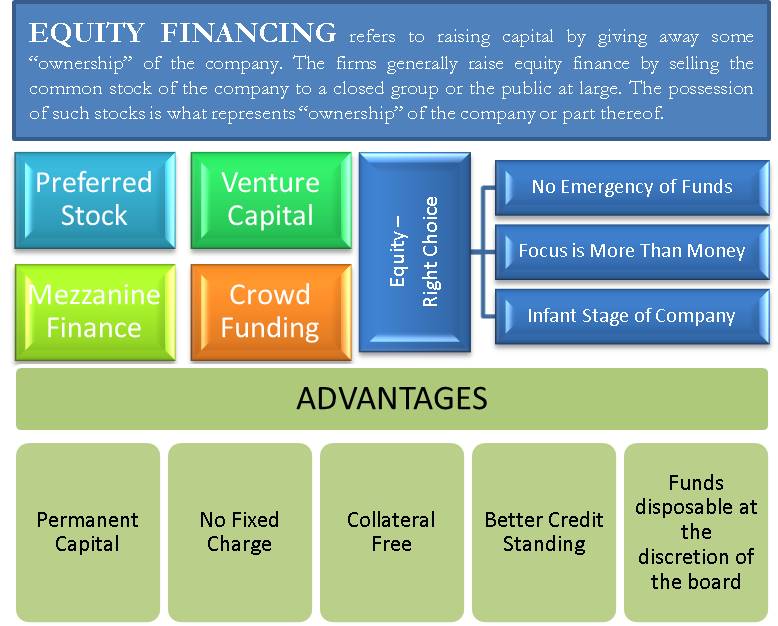

Due to the fact that each group reacts to innovation differently, businesses can use these categories to target specific audiences. For instance, you might prioritize innovators and provide beta products or testing opportunities so they can assess the efficacy of the products. Once members of this demographic give their approval, you could use social media and marketing campaigns to target early adopters to boost sales. This group has the potential to have an impact on the early majority and increase product reach. You could employ techniques other than direct marketing for the other groups, such as providing discounts, iterative upgrades, or other incentives that might encourage innovation. Customers who purchase products as soon as they gain credibility or popularity in a market make up the early majority category.

Innovators are the first individuals to adopt an innovation. These five categories were finally made on the basis of the research. There are various Categories of Adopters which are defined in the concept of diffusion of innovation. These adopter categories are the reasons that a product gets adopted and move through the product life cycle.
They are more risk-averse than innovators and early adopters, but they are still willing to try new things. It is important to note that individuals do not always line up as “Innovators” in all areas of their decision making processes. For example, a person may adopt cutting-edge green technologies for their home with solar heating and yet not belong to an online social network or own a smartphone. We bounce back and forth across the curve in large part based on the pain points we are trying to solve and our interest in the underpinnings of the change presented. They may be troubled by adopting new technology and learning new things or simply have a preference for stability.
He therefore identified five personality traits that allow us to understand how customers will welcome innovation. They like to analyze the different aspect of things before they can be fully assured that they are going to buy that product. They won’t go out in the market and buy any product that is new as soon as they first see it. Late majority are the fourth group to adopt a new product or service. They are the most risk-averse, and they only adopt a new product or service after it has been widely accepted.
What are the 5 adopter categories?
At the last stage, the consumer decides to make full and regular use of the new product. There was a time when marketers would offer their products to the mass market. The technical storage or access is required to create user profiles to send advertising, or to track the user on a website or across several websites for similar marketing purposes. Laggards need to see true peers having success on social media before they even consider using it.
Product Hunt, social media, and web forums are good channels to engage early adopters. The best way to convert the late majority is by showing how the product benefits apply to their circumstances. Innovators take risks and engage with products that aren’t complete but they rarely commit their money or time to any of them over the long term.
They provide advice and information sought by other adopters about an innovation. Market researchers have classified consumers into five categories on the basis of their adoption of a product during different stages of that product’s life cycle. The 5 adopter categories are Innovators, Early adopters, Early majority, Late majority and Laggards. Adopter categories are defined as a part of the Diffusion of Innovation Theory. Individuals in this category are the last to adopt an innovation.
The tech-orientated Product Hunt users are a great source of feedback and reviews. To attract innovators and early adopters, you need to choose the right channels. Because they are so influential in their social circles, winning them over will help you harness the power of word-of-mouth marketing to promote your product. That’s why they are very vocal on social media and willing to review products. They also want to avoid disruption to their processes, so they are way more cautious than early adopters. Moreover, they can promote the product in their social circles and improve the reputation of the brand.
The majority wants to buy from established brands and companies to avoid a bad experience. Due to their high social status, they tend to not take as many risks as innovators. As this process heavily relies on humans, it must be extensively adopted in order to preserve in the market. New technology therefore possesses a specific rate of adoption in which it, if executed correctly, eventually reaches a critical mass.
This means reading reviews, searching out real-life user stories, or trialing the product. Only then will they be ready to commit and spend their money. Unlike innovators or early adopters, they won’t switch to a product or an idea just because it’s trendy. Technology and innovation play an important role in their lives. That’s why they’re always on the lookout for new products or new ideas to try.
Early adopters can boost the reputation of the brand and product
Furthermore, innovators often possess a formal connection towards the discipline the product is situated in. They also tend to be wealthier, which allows them to take these risks. This is because innovative products, on average, are more expensive at their release than at later stages . Also at times, their social status is deemed to be those of the below-average ones. And their financial liquidity is also very less as compared to the early majority ones.
- The Early Majority are more focused on solutions and convenience over technology and performance and therefore wait for the technology to mature.
- Alienation from a too-fast-moving world is apparent in much of the laggard’s outlook.
- Late Majority individuals approach an innovation with a high degree of skepticism and adopt the innovation only after the majority of society has already accepted it.
- As a result, they actively seek new products to help them in that pursuit.
Between the mean and one standard deviation to the right of the mean are located the next 34 per cent to adopt the new idea, the late majority. The last 16 per cent to the right of mean plus one standard deviation are the last to adopt the innovation the laggards. The five-adopter categories are conceptualized as ideal types and are presented in Figure29. They are the most localite in their outlook of all adopter categories, many are near isolates.
In short, it’s a model that distinguishes five categories of adopters. Innovators are those in the technology adoption life cycle who love trying new things and may even be the people encouraging others to try out a new app or tool. Consumers who buy innovative products later than other categories are known as the late majority. Like the early majority, they carefully consider products before making buying decisions.
The people who come under this category are mostly risk-takers and newly launched products enthusiasts. They are the ones who always keep an eye on the products that are being launched in the market. These are the ones who do not even for a second hesitate to try out a new product.
What Are the 5 Stages Of Technology Adopters?
Each of the five adopter categories of users requires a different marketing approach to win them over. Early Adopters have a high degree of social status that allows them to influence others based on their opinions. They are more likely to spread the word than Innovators with their followers.
An innovative customer might be wealthy and always the first to buy a new product. They are most likely to be informal resources than early adopters and innovators, and so cannot afford to make hasty or poor decisions. S-shaped curve is normal-The reasoning rests on the role of information and uncertainty reduction in the diffusion of an innovation.
The new product is a good, service, or idea perceived by some potential customers as new. During this stage, potential adopters determine the product’s usefulness under the specific conditions they need. At this stage, the potential adopters examine, test, or try the innovative product to determine its usefulness.
Product Interest
Based on their characteristics, there are principally 5 types of adopters. Keep in mind that these adopter categories primarily relate to a mindset, as well as the consumer’s lifestyle and product interest level. Consumers who are classified as innovators are less reliant upon the word of mouth persuasion of others. They are generally more adventurous and more willing to take risks.
On the contrary, the innovation diffusion process is the spread of a new idea from its source of invention or creation to its final adopters or buyers/users. Early majorities represent the majority of the market – 34%. Early majorities are not risk-taking and typically wait until a product or service is tested or used by a trusted adopter categories peer. These individuals are prudent and want to purchase things that are proven to work. To achieve success, a business must first run tests with Innovators and Early Adopters to refine the product’s offering. Then they need to run additional tests with the Early Majority to find how best to enter the mainstream market.
The term “early adopter” refers to an individual or business who uses a new product, innovation, or technology before others. … Companies rely on early adopters to provide feedback about product deficiencies and to cover the cost of the product’s research and development. They are, by nature, risk takers and are excited by the possibilities of new ideas and new ways of doing things. … They are aware that some products that they adopt will not deliver the benefits that are promised or will fail to win mass market appeal.
In the following section, we shall turn our attention to the stages of the adoption process. They resent change and may continue to rely on traditional products or services until they are no longer available. In other words, they typically only adopt the new technology when virtually forced to.
